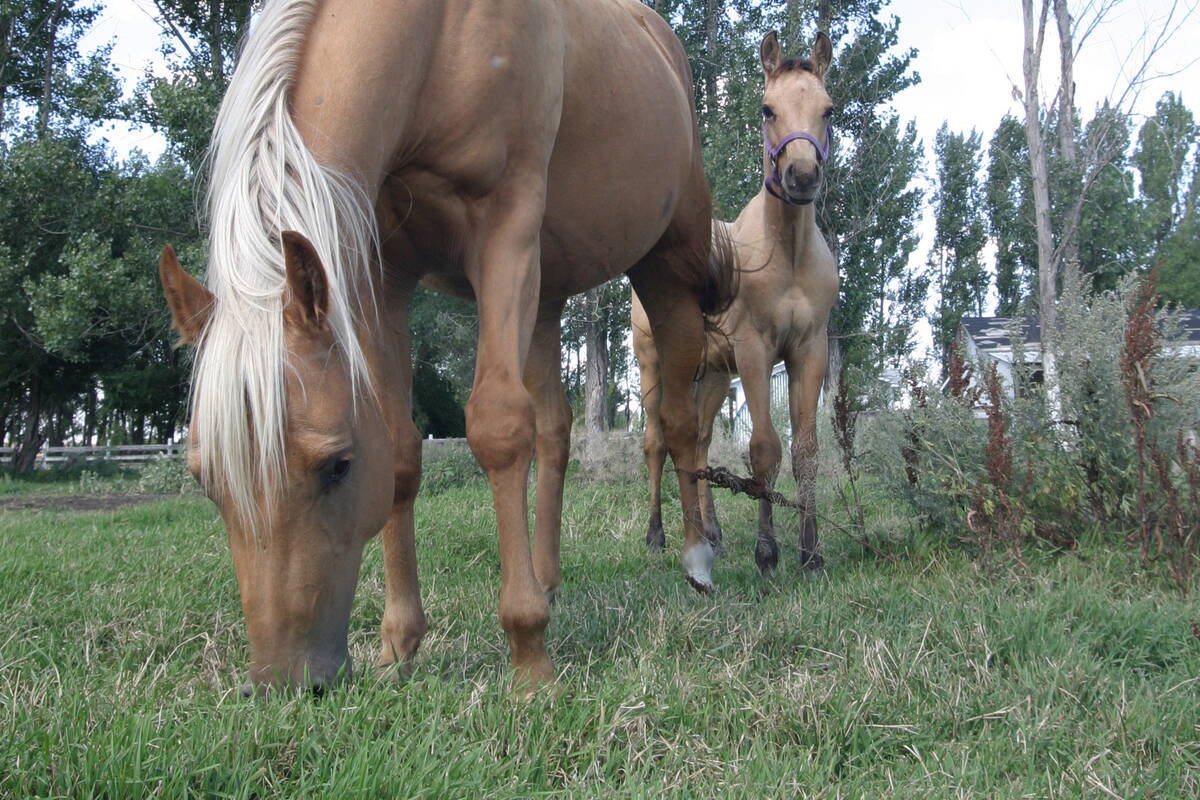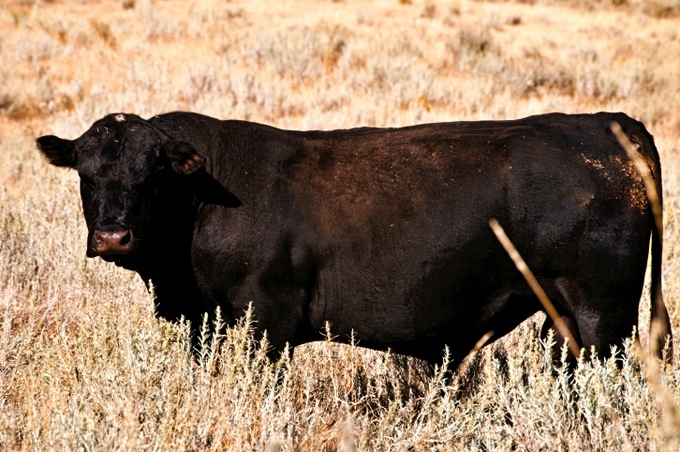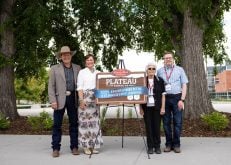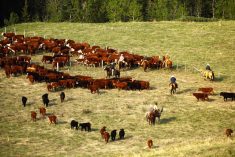Times are changing, and both growing social pressure and knowledge about animal welfare is making pain control part of the equation in cattle production.

“Society expects it of us, and it’s part of that social licence to operate,” said John Campbell, a veterinarian and head of large-animal clinical sciences at the Western College of Veterinary Medicine in Saskatoon. “This is something we will have to grapple with as we move forward.”
Pain control for procedures such as castration, dehorning and branding is included in the National Beef Code of practice, and some requirements come into effect Jan. 1.
Pain control treatments come in two classes.
Anesthetic drugs cause a lack of feeling and awareness and are used to dull the pain to permit surgery and other painful procedures. In cattle, the primary anesthetic used is Lidocaine.
The other type is analgesics, which relieve pain without affecting awareness (it’s similar to Tylenol or aspirin in humans). The most common analgesics in animals and people are non-steroidal anti-inflammatory drugs. The three analgesics for cattle are: ketoprofen (sold as Anafen), flunixin (Banamine), and meloxicam (Metacam). All three are injectable and have variable withdrawal times.
Read Also

Ignoring growth plates sabotages young horse development
Young horse training plans and workloads must match their skeletal development. Failing to plan around growth plates can create lifelong physical problems.
Producers should talk to their veterinarians and create a plan to use non-steroidal anti-inflammatory drugs for pain control during and after painful procedures, Campbell said during a recent Beef Cattle Research Council webinar.
Dehorning
The most research has been done on controlling pain in dehorning. Dehorning should only be performed by competent personnel, and producers should consult with their veterinarian about pain control. Calves should be dehorned as young as possible.
“Typically, around two to three months of age, the horn bud starts to attach to the skull and starts to go from bud formation to horn,” said Campbell. “It really increases the pain level if you’re dehorning calves after the horn bud attachment.”
He recommends using polled bulls whenever possible and try to dehorn before weaning to reduce the stress on the animal. As of Jan. 1, the beef code requires pain control after horn bud attachment.
Campbell dehorns by injecting Lidocaine into the crest between the eye and the horn bud. This is a simple method, and most veterinarians can train producers how to do it, he said.
Research has shown that the animal’s pain can be reduced when it is given Lidocaine and an injection of an analgesic called Meloxicam.
Branding
There hasn’t been as much research on pain control in branding, which is still used by many producers.
The code of practice recommends producers use proper restraints, equipment, and trained personnel and ask their veterinarians about pain control. Rebranding and surgical alterations such as wattling and ear splitting should be avoided. Brands should be appropriate to the size of the animal. Campbell said that he has heard some anecdotes about producers in Alberta and British Columbia who have used Meloxicam after branding their cattle, and have found that it seems to reduce pain.
“There’s no real practical method of local anesthesia available. Non-steroidal anti-inflammatory drugs can help with branding pain, but we don’t have a lot of research done on that yet,” he said.
Castration
There has been a fair amount of research done on castration, but the data is complicated by the age of the cattle, the types of castration, and the different drugs used.
It’s almost impossible to use local anesthesia for castrating cattle. In fact, the No. 1 thing producers can do to minimize pain is to castrate when the animals are young.
“The method of castration may not matter as much as the timing of the procedure,” said Campbell.
Research has shown that older calves will lose more weight after castration than younger calves.
“There’s very little effect on young calves, but a pretty dramatic effect on older calves,” he said.
As of Jan. 1, pain control is required for bulls older than nine months. That changes to six months as of Jan. 1, 2018.
















